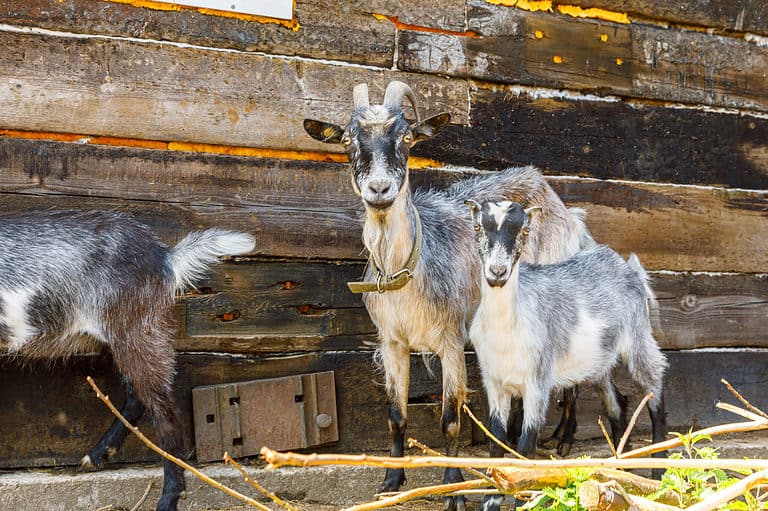What to Grow in October: A Comprehensive Guide to Fall Planting
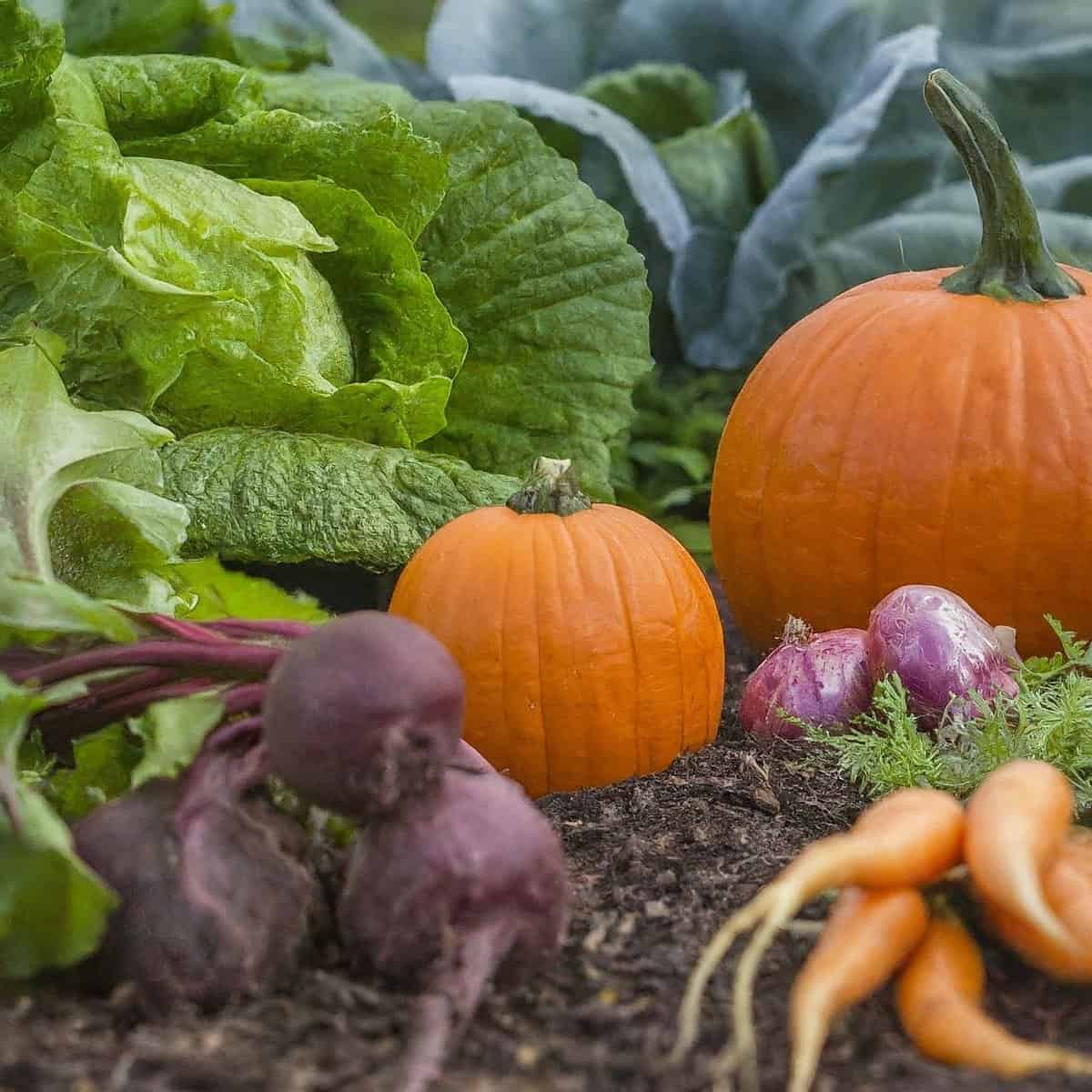
Fall is a season of transformation, with cooler temperatures and shorter days signaling the end of summer’s abundance. For gardeners, however, October presents a unique opportunity to extend the growing season and enjoy a harvest of fresh, flavorful vegetables well into the winter months. This comprehensive guide will explore the various vegetables you can plant in October, offering insights into their planting requirements, care tips, and even some uncommon choices to add diversity to your garden.
Introduction
October may seem like an unconventional time to start planting, but many vegetables thrive in the cool weather and shorter days of fall. Some crops even prefer the cooler temperatures, leading to improved flavor and texture. Planting in October allows you to take advantage of the residual warmth in the soil while providing your plants ample time to establish themselves before the harsh winter sets in. Additionally, fall planting can help reduce pest and disease pressure, as many insects and pathogens are less active during cooler months.
Key Takeaways
- Extend your growing season: October planting allows you to continue enjoying fresh vegetables from your garden long after summer has ended.
- Improved flavor and texture: Many vegetables develop superior flavor and texture when grown in cooler temperatures.
- Reduced pest and disease pressure: Cooler temperatures often lead to less active pests and pathogens, reducing the need for chemical interventions.
- Variety and diversity: Fall planting offers the opportunity to grow a variety of vegetables, including some less common options, adding diversity to your garden.
Highlights of What to Plant for the Season
October is an ideal time to plant a variety of cool-season vegetables, including:
- Leafy greens: Lettuce, spinach, kale, arugula, and Swiss chard all thrive in cooler temperatures.
- Root vegetables: Carrots, beets, radishes, turnips, and parsnips develop excellent flavor when grown in fall.
- Brassicas: Broccoli, cauliflower, Brussels sprouts, and cabbage are all suitable for October planting.
- Alliums: Garlic and shallots can be planted in fall for a harvest the following summer.
- Herbs: Parsley, cilantro, and dill can be planted in fall for a continuous supply of fresh herbs.
List of Popular Items to Grow
Let’s take a closer look at some of the most popular vegetables you can plant in October, along with their planting requirements and care tips:
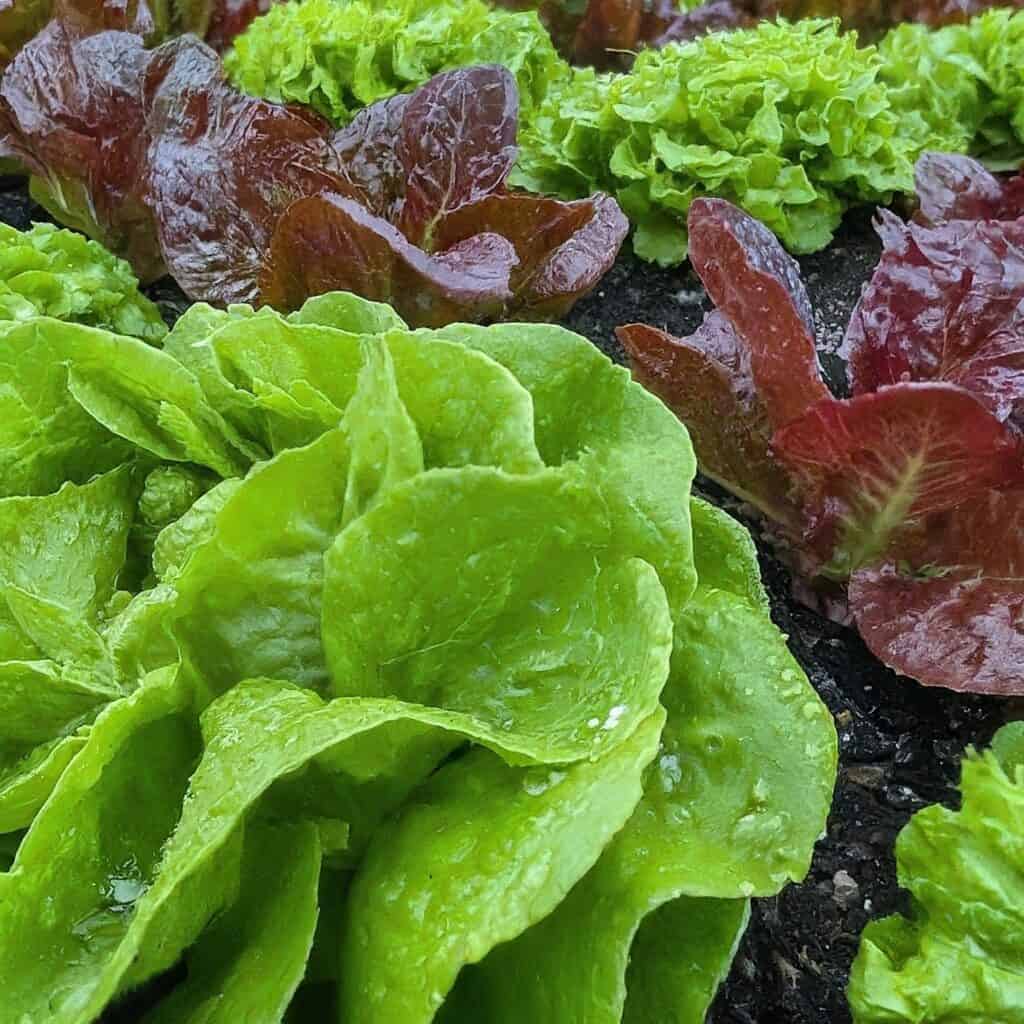
Lettuce: Lettuce is a cool-season crop that thrives in October’s mild temperatures. Plant seeds directly in the ground or start them indoors a few weeks before transplanting. Lettuce prefers well-drained soil and plenty of sunlight. Keep the soil moist but not soggy, and harvest leaves as needed.
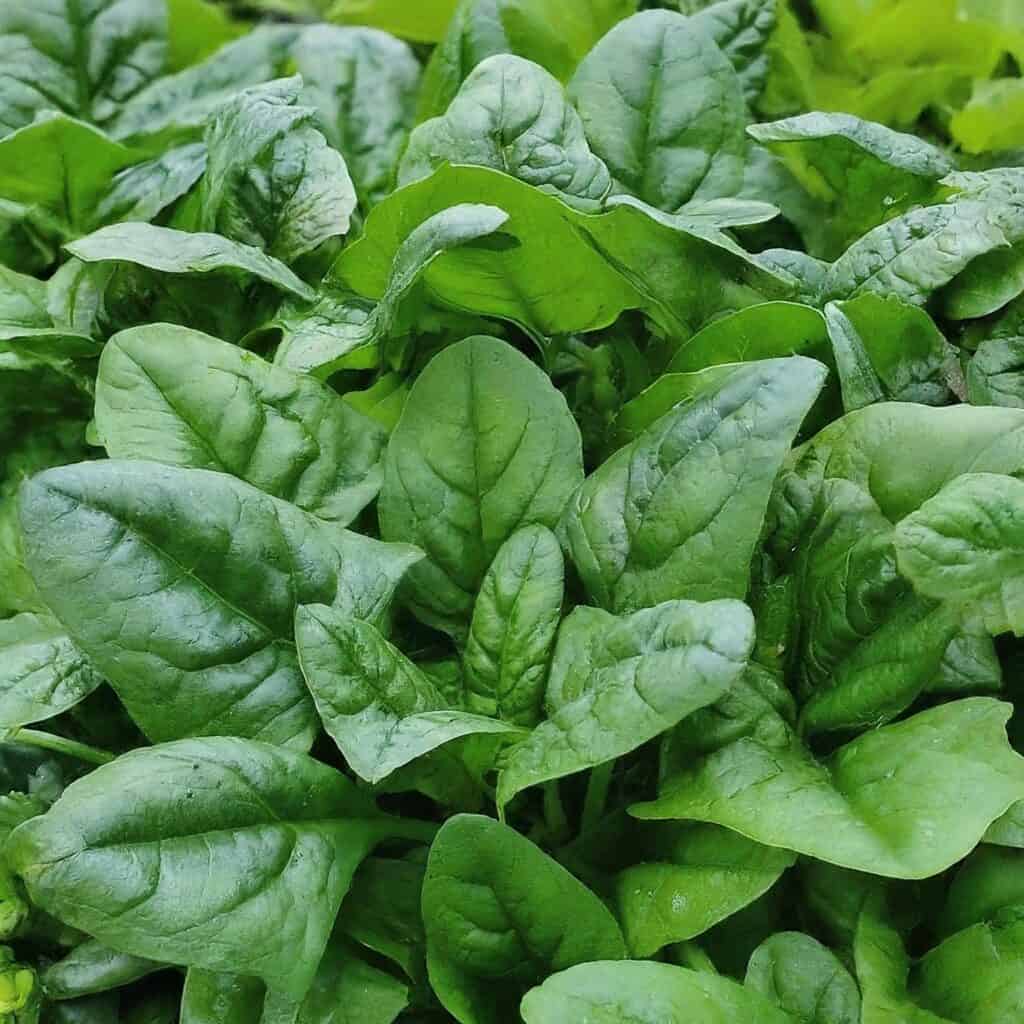
Spinach: Spinach is another cool-season crop that can be planted in October. Sow seeds directly in the ground, and keep the soil moist. Spinach prefers full sun to partial shade and benefits from regular fertilization. Harvest leaves as needed, or wait until the plants have formed rosettes for a larger harvest.
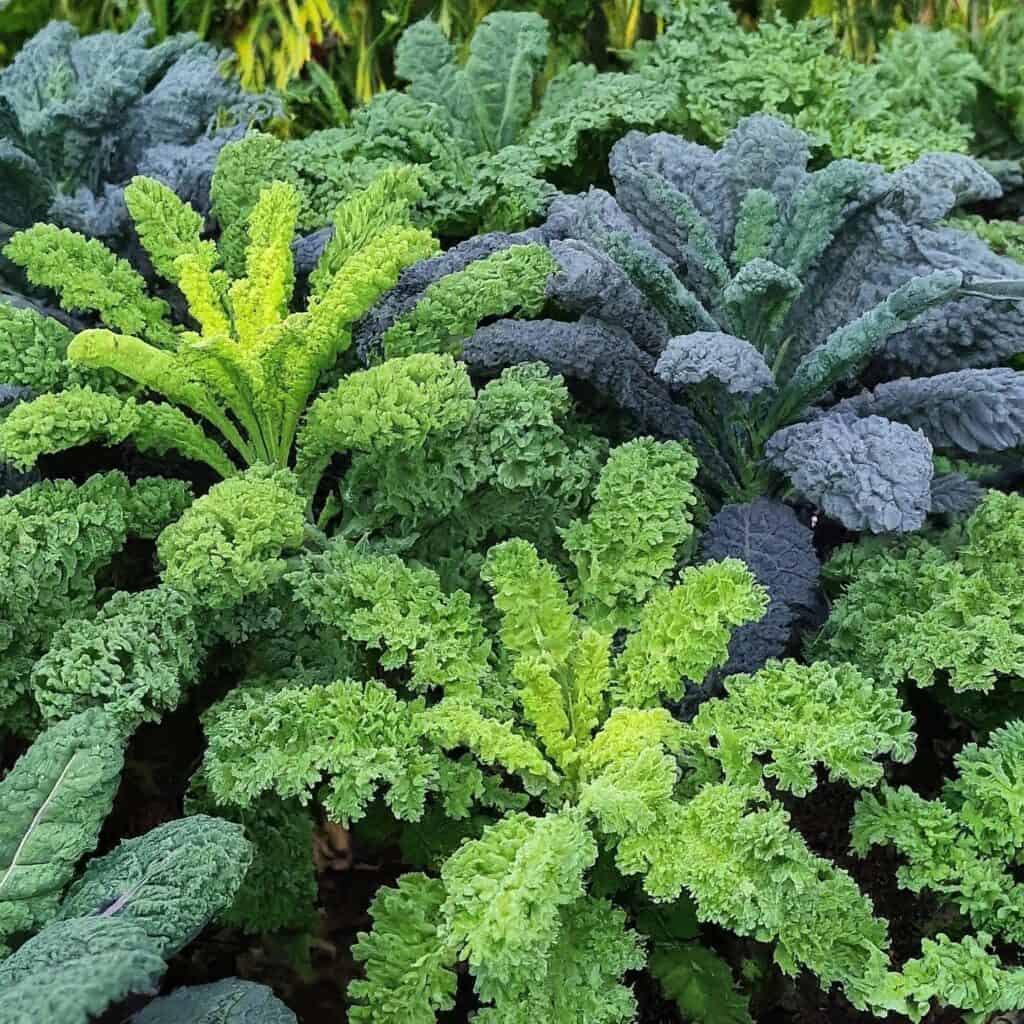
Kale: Kale is a hardy green that can withstand frost and even light snow. Plant seeds directly in the ground or start them indoors a few weeks before transplanting. Kale prefers well-drained soil and full sun to partial shade. Keep the soil moist, and harvest leaves as needed.
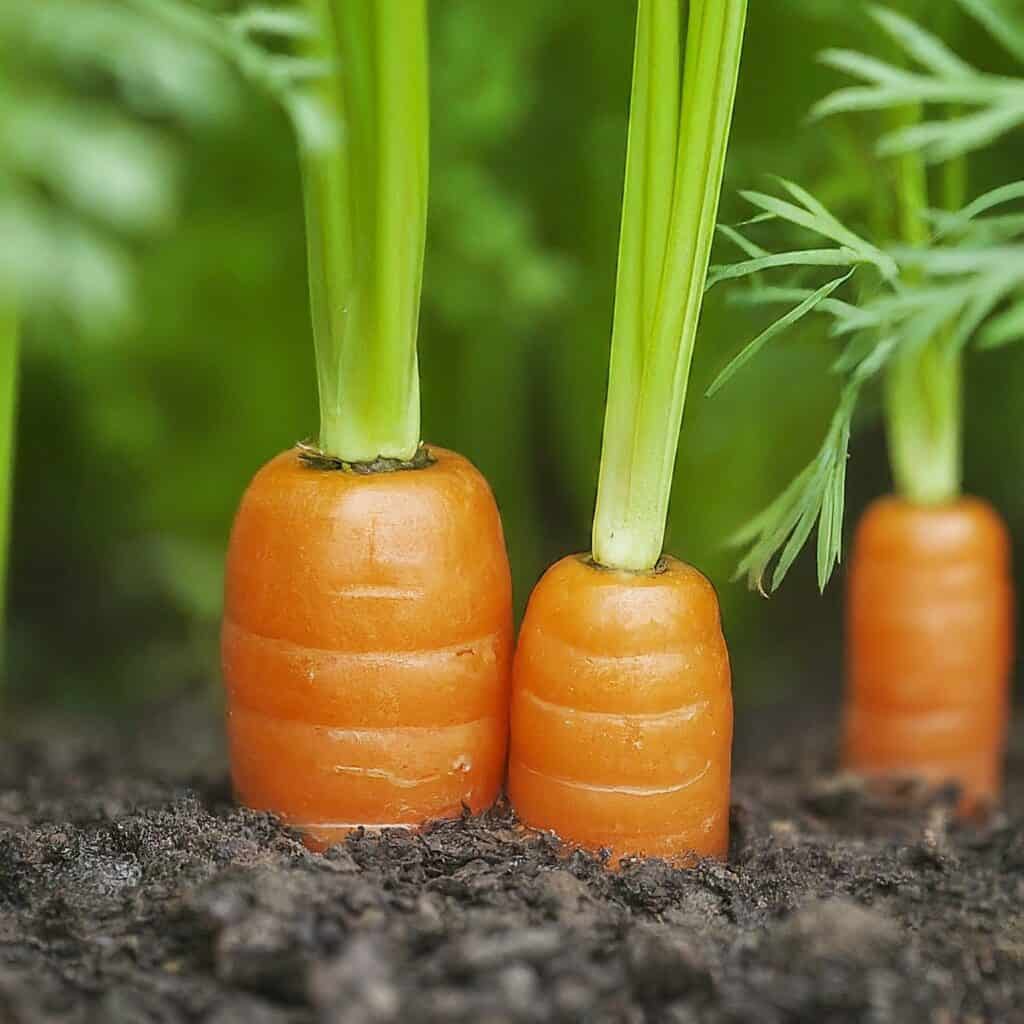
Carrots: Carrots are a root vegetable that develops excellent flavor when grown in cool weather. Sow seeds directly in the ground, and thin seedlings to 2-3 inches apart. Carrots prefer loose, well-drained soil and full sun. Keep the soil moist, and harvest carrots when they reach the desired size.
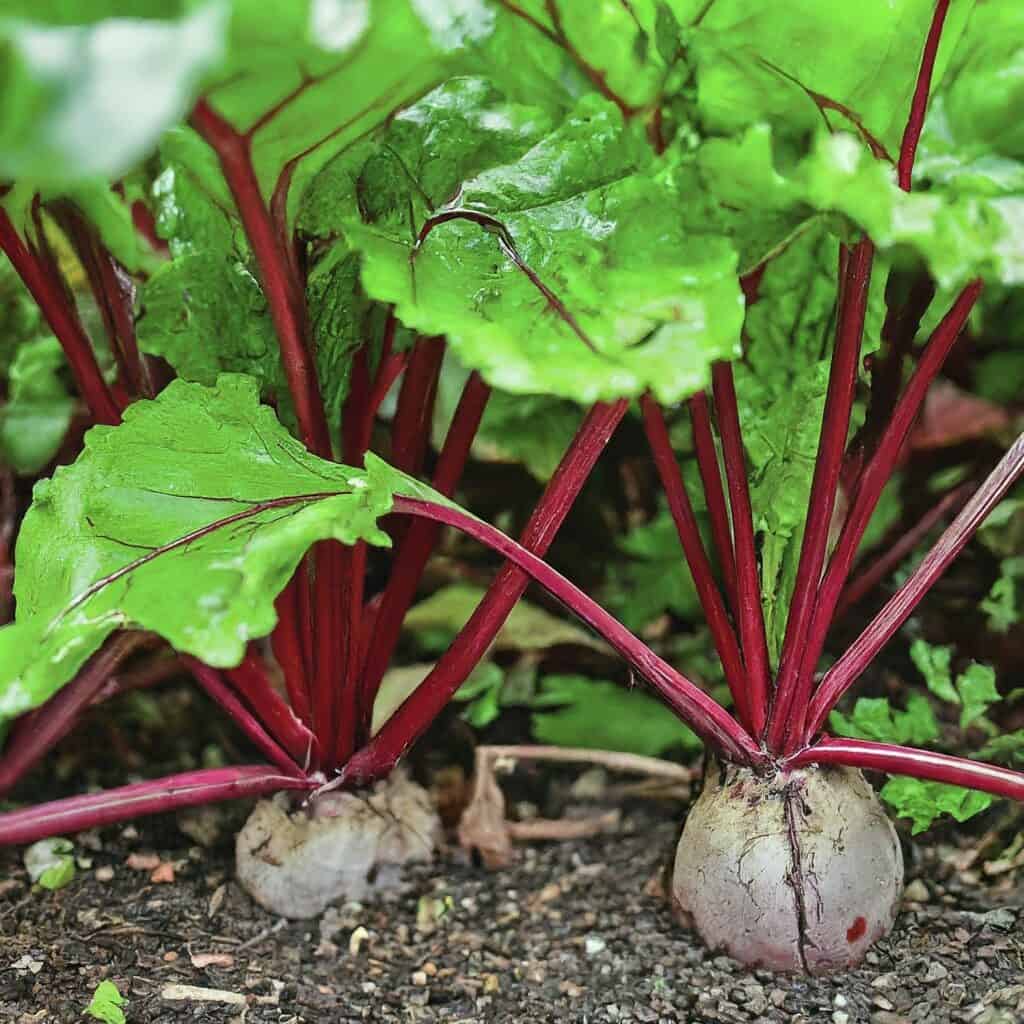
Beets: Beets are another root vegetable that thrives in cool weather. Sow seeds directly in the ground, and thin seedlings to 3-4 inches apart. Beets prefer well-drained soil and full sun to partial shade. Keep the soil moist, and harvest beets when they reach the desired size.
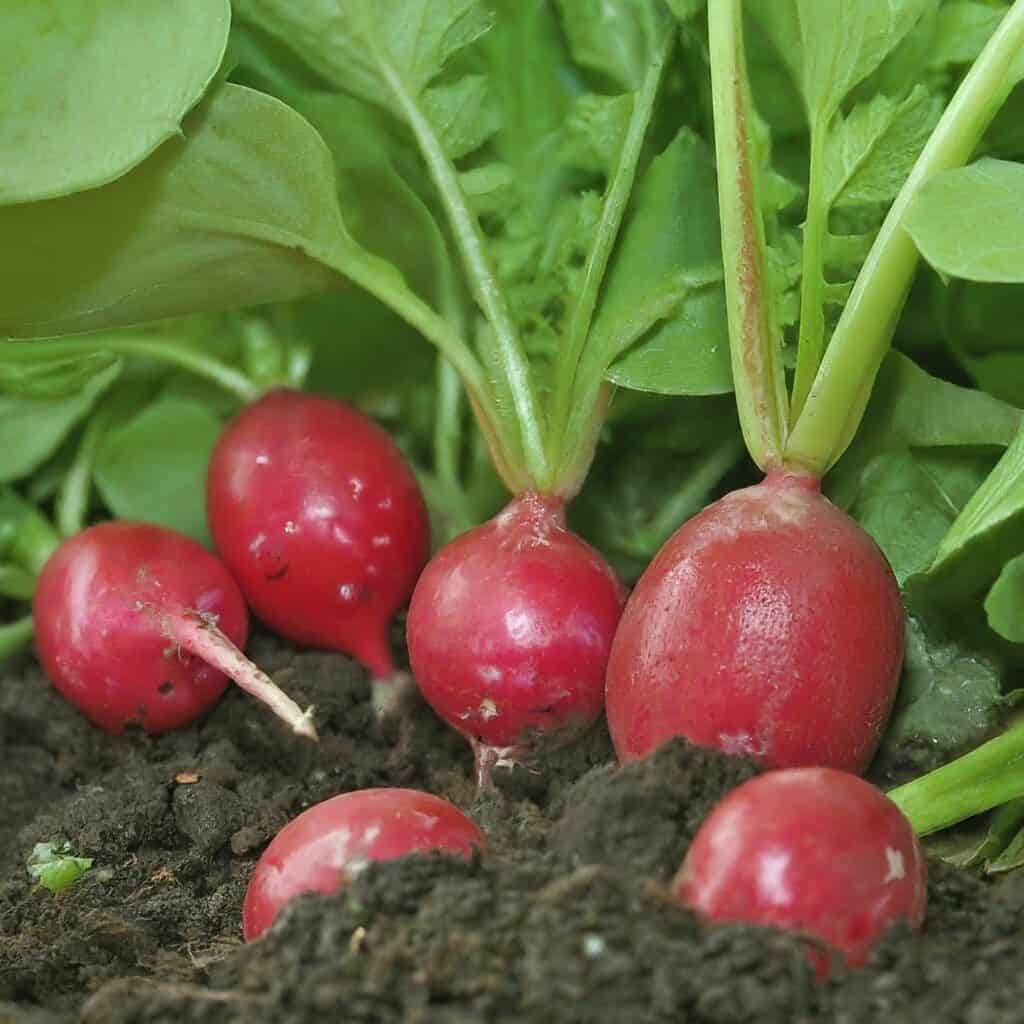
Radishes: Radishes are a fast-growing crop that can be planted in October for a quick harvest. Sow seeds directly in the ground, and thin seedlings to 1-2 inches apart. Radishes prefer well-drained soil and full sun to partial shade. Keep the soil moist, and harvest radishes when they reach the desired size.
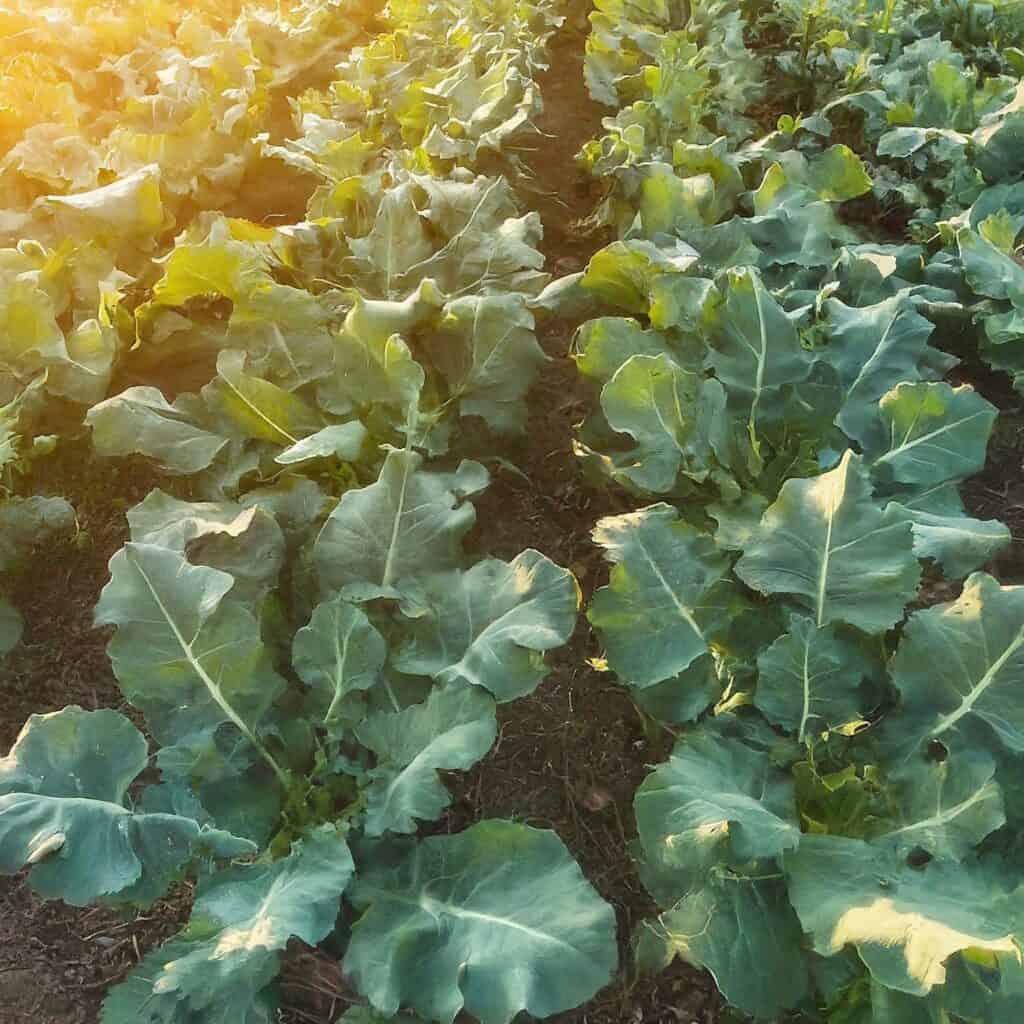
Broccoli: Broccoli is a cool-season crop that can be planted in October for a fall or winter harvest. Start seeds indoors 6-8 weeks before transplanting, or purchase transplants from a local nursery. Broccoli prefers well-drained soil and full sun. Keep the soil moist, and harvest heads when they are tight and compact.
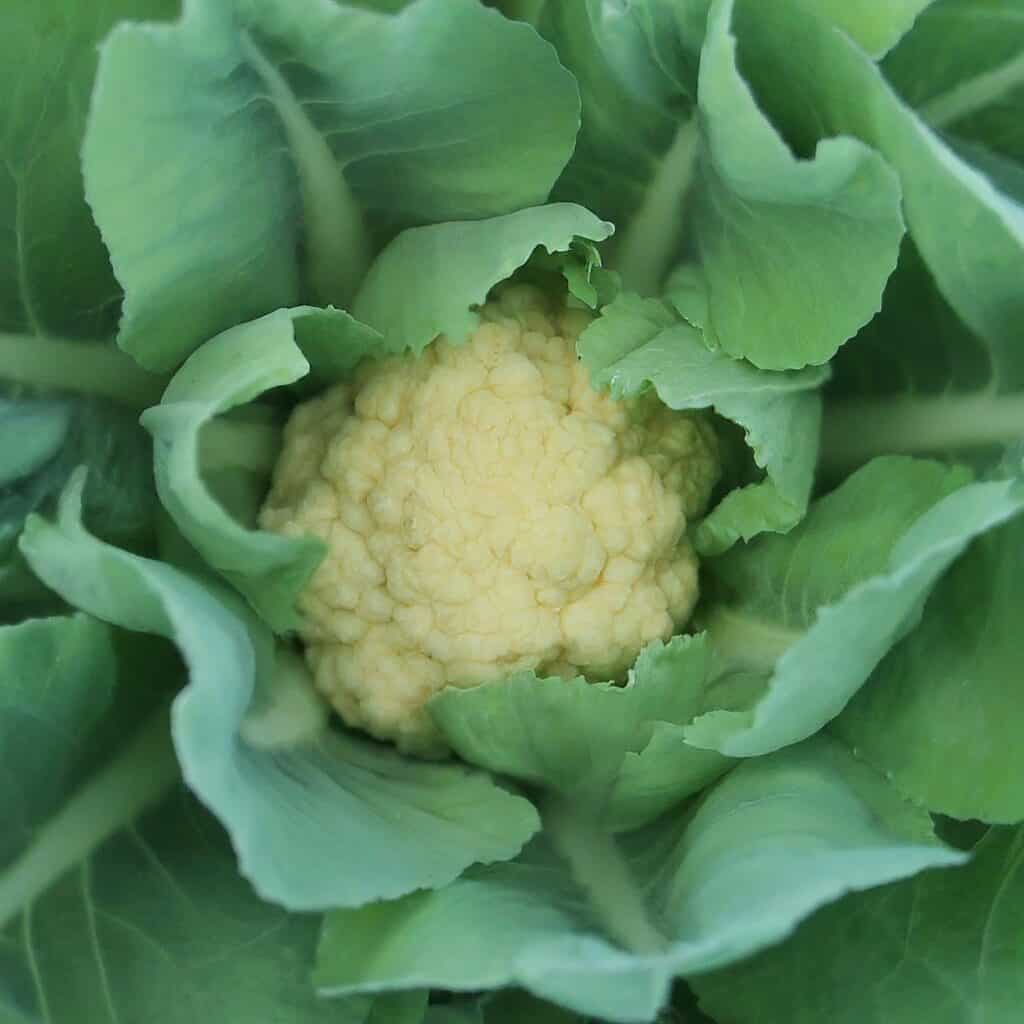
Cauliflower: Cauliflower is another cool-season crop that can be planted in October. Start seeds indoors 6-8 weeks before transplanting, or purchase transplants from a local nursery. Cauliflower prefers well-drained soil and full sun. Keep the soil moist, and harvest heads when they are tight and compact.
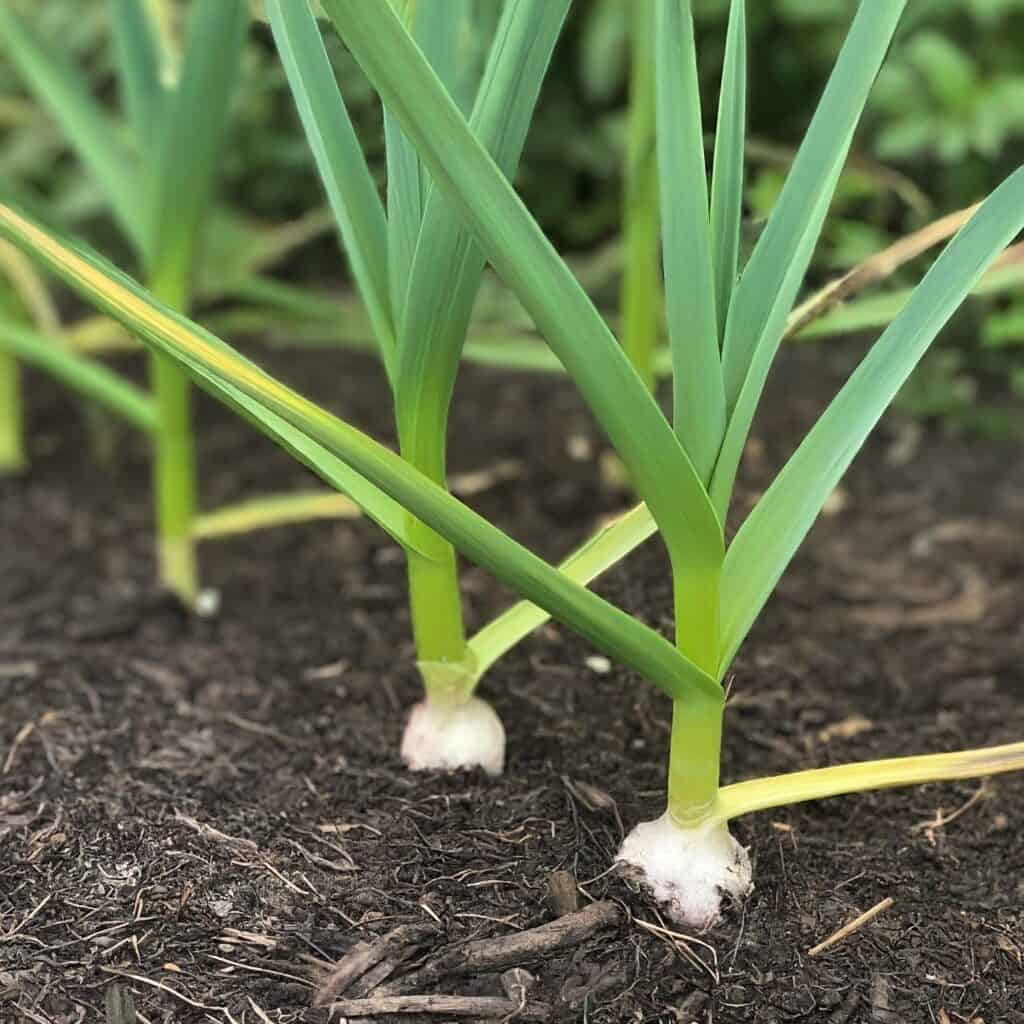
Garlic: Garlic is a bulb crop that is typically planted in fall for a harvest the following summer. Plant individual cloves 2-3 inches deep and 4-6 inches apart. Garlic prefers well-drained soil and full sun. Mulch heavily to protect the cloves from winter weather.
List of Less Common Items to Grow
If you’re looking to add some diversity to your fall garden, consider planting some of these less common vegetables:
- Kohlrabi: Kohlrabi is a bulbous vegetable with a mild, slightly sweet flavor. Plant seeds directly in the ground or start them indoors a few weeks before transplanting. Kohlrabi prefers well-drained soil and full sun to partial shade. Keep the soil moist, and harvest bulbs when they are 2-3 inches in diameter.
- Celeriac: Celeriac is a root vegetable with a celery-like flavor. Start seeds indoors 8-10 weeks before transplanting. Celeriac prefers well-drained soil and full sun to partial shade. Keep the soil moist, and harvest roots when they are 3-4 inches in diameter.
- Leeks: Leeks are a member of the allium family with a mild, onion-like flavor. Start seeds indoors 8-10 weeks before transplanting. Leeks prefer well-drained soil and full sun. Keep the soil moist, and harvest leeks when they are 1-2 inches in diameter.
- Mustard greens: Mustard greens are a leafy green with a pungent, peppery flavor. Plant seeds directly in the ground. Mustard greens prefer well-drained soil and full sun to partial shade. Keep the soil moist, and harvest leaves as needed.
- Turnips: Turnips are a root vegetable with a slightly sweet, earthy flavor. Plant seeds directly in the ground. Turnips prefer well-drained soil and full sun to partial shade. Keep the soil moist, and harvest roots when they are 2-3 inches in diameter.
Tips for Successful Fall Planting
To ensure your fall garden thrives, consider these essential tips:
- Watering: Fall weather can be unpredictable, so monitor soil moisture regularly and water as needed. Deep watering is preferable to frequent shallow watering, as it encourages deeper root growth.
- Fertilizing: Fertilize your fall vegetables regularly with a balanced fertilizer to promote healthy growth and development. Avoid over-fertilizing, as this can lead to excessive foliage growth at the expense of root development.
- Pest management: Monitor your plants regularly for signs of pests and diseases. Handpick insects or use organic pest control methods if necessary. Row covers can be helpful in protecting your plants from pests and cold weather.
- Soil preparation: Prepare your soil before planting by adding compost or well-rotted manure. This will improve soil drainage and fertility, providing your plants with the nutrients they need to thrive.
- Sunlight: Most vegetables prefer full sun, so choose a planting location that receives at least 6-8 hours of direct sunlight per day.
- Spacing: Follow recommended spacing guidelines for each vegetable to ensure adequate air circulation and prevent overcrowding.
- Succession planting: Plant small batches of vegetables every few weeks to ensure a continuous harvest throughout the fall and winter.
FAQ
Q: Can I plant tomatoes in October?
A: Tomatoes are a warm-season crop and are not suitable for October planting in most climates. However, if you live in a mild climate with a long growing season, you may be able to plant tomatoes in October for a late fall harvest.
Q: How do I protect my fall vegetables from frost?
A: Row covers, cold frames, and even simple cloches made from plastic bottles can help protect your plants from frost. Additionally, consider planting cold-hardy vegetables that can withstand light frost, such as kale, Brussels sprouts, and carrots.
Q: Can I grow vegetables in containers in October?
A: Yes, you can grow many vegetables in containers in October. Choose containers that are at least 12 inches deep and wide, and use a well-draining potting mix. Be sure to water container plants more frequently than in-ground plants, as they tend to dry out faster.
Q: What are some good companion plants for fall vegetables?
A: Some good companion plants for fall vegetables include:
- Garlic: Repels aphids and other

